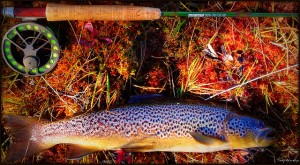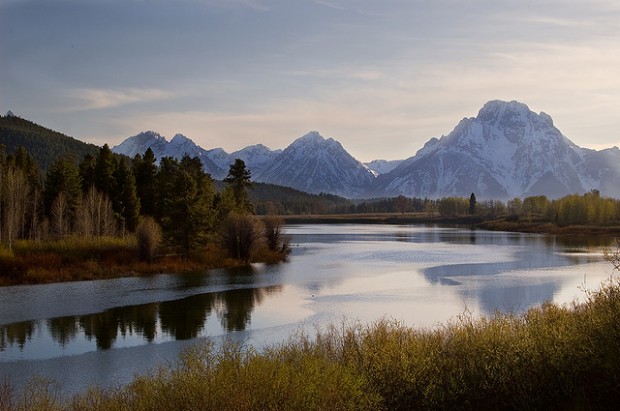We have much more to do and your continued support is needed now more than ever.
The Clean Water Act: Up Close and Personal

Among other things, like the sublime experience of nature’s solitude and the ability to slow down and collect my thoughts miles away from the frenetic pace of daily life, I realized there was something else that was escaping my awareness during my fishing experience. It was perhaps the most important ingredient that makes my passionate hobby all possible and I was constantly looking at it but never really seeing it-clean water and healthy aquatic habitats. Sure, I could read water and determine the most likely places where the fish would be, but mostly I was looking through the water and past it, as if it was somehow separate from the fish it supported. And, ironically, at that point I had already spent a significant amount of time in a professional career advocating for national policy changes that would clean up this country’s threatened water resources. So it took some time to appreciate much larger considerations about the sport of fishing, its important connection to the world of public policy in which I was deeply and personally immersed, and the most important pillar upon which all aquatic species rely: the Clean Water Act.
Clean Water Act Successes
So as we celebrate the 40th anniversary of this historic federal environmental law this week, I’m thankful it didn’t take me until my golden years to connect all the dots. Since its enactment in 1972, the Clean Water Act has resuscitated thousands of waterways across the country; in many cases bringing them back from their deathbeds. Prior to 1972, many of our rivers and streams were little more than open sewers, receptacles for untreated chemical and biological pollutants that suffocated and defiled them to such a degree that they held little to no life.

The speed at which the Act aided in the recovery of the nation’s waterways was breathtaking. You’d have to look long and hard to find another national law that triggered these types of sweeping changes in such a short period of time. For the first time in the country’s history, strict limits were placed on the direct discharge of pollutants from factories and sewage plants into our waterways. As importantly, the Act created mechanisms to control the destructive impacts of explosive and poorly planned land development that destroyed wetlands and streams and sent massive loads of sediment and nutrient pollution into waterways choking out critical fish spawning habitat, depleting oxygen content to lethal levels for many aquatic species, and threatening the nation’s public drinking water supplies. Beyond that, the Act was also truly visionary.
Before it was fully understood in public policy circles and among many in the scientific community that addressing pollution concerns in rivers and streams required a comprehensive and holistic approach, the Act provided opportunities to control all sources of pollution at a watershed level. This is an experiment that is now unfolding in the Chesapeake Bay and possibly the only approach that will save one of this country’s most treasured great waters. Decades of implementation of the Act’s key provisions has lead to new and innovative approaches and smarter thinking about ways to address water pollution and has spurred a national discourse about the economic benefits of clean water.
Study after study now reveals what most of us intuitively knew for many years, clean water plays a vital role in economic health, a lesson that could not be timelier in these days of dire fiscal challenges. For these reasons the Clean Water Act, forty years later, continues to be a shining example of brilliant public policy that protects people, communities, wildlife, and the economy. And when I find fish these days, I’m thinking about a lot more than just catching them.
![]() If you care about clean water and would like future generations to have fishable, swimmable and drinkable waters, take action and help restore clean water today! Also, please participate in our social media actions TODAY.
If you care about clean water and would like future generations to have fishable, swimmable and drinkable waters, take action and help restore clean water today! Also, please participate in our social media actions TODAY.





















